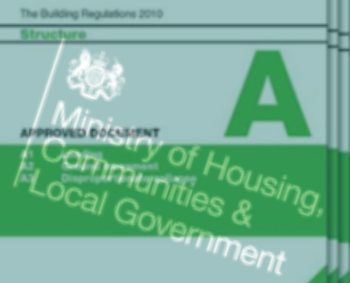Base year
The term 'base year' refers to the year that is the starting point for a series of years in an economic or financial index. It can be used for comparing business activities, economic growth, measuring inflation and so on across a number of years.
It is usual for the base year to be set to an arbitrary level of 100. For example, if the base year is set as 2014:
- 2014: 100
- 2015: 102.5
- 2016: 107
This simple index series shows a growth rate in the first year of 2.5%, and of 7% between the first year and the third year.
The base year is a key element of financial analysis used to calculate how much a particular measure changes from one time period to the next. The equation for calculating the growth rate is:
(Current year - Base year) / Base year
Using the figures above:
(107 - 100) / 100 = 7%
This might be used for example to measure company performance over a period of time. Contractors can also use a base year to demonstrate percentage change in work won over a set period.
For a more precise index, a 'base month' can be set instead.
Within construction contracts, the 'base date' is a reference date from which changes in conditions can be assessed. It sets the reference date from which the conditions under which the tender was prepared are considered to have been known by the contractor and so are properly reflected in their price. If specified conditions change before the contract is implemented, then the contract may be adjusted to reflect this.
For more information see: Base date.
[edit] Find out more
[edit] Related articles on Designing Buildings Wiki
Featured articles and news
Combating burnout.
The 5 elements of seiri, seiton, seiso, seiketsu and shitsuke.
Shading for housing, a design guide
A look back at embedding a new culture of shading.
The Architectural Technology Awards
The AT Awards 2025 are open for entries!
ECA Blueprint for Electrification
The 'mosaic of interconnected challenges' and how to deliver the UK’s Transition to Clean Power.
Grenfell Tower Principal Contractor Award notice
Tower repair and maintenance contractor announced as demolition contractor.
Passivhaus social homes benefit from heat pump service
Sixteen new homes designed and built to achieve Passivhaus constructed in Dumfries & Galloway.
CABE Publishes Results of 2025 Building Control Survey
Concern over lack of understanding of how roles have changed since the introduction of the BSA 2022.
British Architectural Sculpture 1851-1951
A rich heritage of decorative and figurative sculpture. Book review.
A programme to tackle the lack of diversity.
Independent Building Control review panel
Five members of the newly established, Grenfell Tower Inquiry recommended, panel appointed.
Welsh Recharging Electrical Skills Charter progresses
ECA progressing on the ‘asks’ of the Recharging Electrical Skills Charter at the Senedd in Wales.
A brief history from 1890s to 2020s.
CIOB and CORBON combine forces
To elevate professional standards in Nigeria’s construction industry.
Amendment to the GB Energy Bill welcomed by ECA
Move prevents nationally-owned energy company from investing in solar panels produced by modern slavery.
Gregor Harvie argues that AI is state-sanctioned theft of IP.
Experimental AI housing target help for councils
Experimental AI could help councils meet housing targets by digitising records.























